Green by Design: How Morocco Could Leapfrog to Net-Zero Manufacturing
)
Global manufacturers are under increasing pressure to reduce emissions, comply with ESG frameworks, and localise supply chains in cleaner, more resilient environments. Morocco is responding with a targeted strategy: embed sustainability into industrial development from the outset.
Instead of retrofitting ageing systems, Morocco is building an industrial ecosystem powered by renewable energy, digital infrastructure, and export-ready capabilities — designed to meet the demands of the net-zero economy.
Green Zones Backed by Real InvestmentIn May 2025, Morocco approved four industrial zones under its FONZID II programme to support sustainable manufacturing. Located in Oued Zem, Ameur, Taroudant, and Mohammedia, these zones will integrate clean energy systems, water efficiency upgrades, and circular economy practices. The combined investment exceeds MAD 989 million, including MAD 138 million in government funding.
Hydrogen Ambitions Take Root in DakhlaSeparately, a major green hydrogen and ammonia export hub is moving ahead near Dakhla, with construction scheduled to begin in Q4 2025. Backed by public-private partnerships, the site aims to position Morocco as a competitive supplier of low-emission industrial fuels to Europe and beyond. Commercial operations are expected by late 2026.
Strategic Deals Signal Industrial ShiftAlso in May 2025, OCP Group signed a partnership with Fortescue Future Industries to develop green ammonia and hydrogen facilities in Jorf Lasfar and Laayoune. These projects will support the decarbonisation of fertiliser production and contribute to the country’s clean industrial export strategy.
Clean Energy Infrastructure Already in PlaceMorocco’s advantage lies in energy readiness. The Noor Ouarzazate Solar Complex, generating up to 580 MW, is the largest of its kind in Africa. Together with large-scale wind capacity from the Tarfaya Wind Farm and other sites, Morocco can power advanced industrial zones with clean electricity — an essential requirement for modern supply chains.
A Competitive Edge for Low-Carbon Manufacturing- Manufacturers can reduce Scope 3 emissions and meet EU standards by shifting production to low-carbon zones
- Investors benefit from Morocco’s MAD 15 billion ($1.5 billion) green industry programme, launched in March 2025, offering incentives for clean-tech, energy efficiency, and digital integration
- Exporters can align with the EU’s Carbon Border Adjustment Mechanism (CBAM), entering its transitional phase in 2026
- Skilled job creation in clean energy, engineering, and digital manufacturing
- Improved access to European and international markets
- Long-term industrial resilience based on renewable energy
- Increased foreign investment and technology partnerships
WAM Morocco will bring these priorities together in Casablanca under the auspices of the Ministry of Industry and Trade, CGEM and AMDIE. The event will showcase Morocco’s manufacturing transformation through specialised zones: World Green Energy (WGE), World Advanced Logistics (WAL) and World Pharma Manufacturing (WPM).
WAM Morocco will serve as the international meeting point for manufacturers, innovators, and policy leaders looking to engage with Morocco’s clean industrial strategy, and play a role in building the region’s next-generation economy.
